Star Clusters, Galactic Nuclei, Stellar Collisions & Mergers, Interacting Binaries
Image Credit: ESA/Hubble & NASA
Research at CIERA
The centers of galaxies are complex environments whose properties are a result of the interactions between the massive black holes that reside there, vast clouds of gas, and dense populations of stars and stellar remnants.
Professor Rasio’s group studies numerical models of dense stellar environments such as nuclear star clusters.
Professor Zadeh is an observer who studies stellar populations and physical processes in the Milky Way nucleus using observations across the electromagnetic spectrum.
Opportunities
Deadline: 11:59pm, January 30, 2026
Our Research Experiences for Undergraduates (REU) program provides students with the opportunity to pursue an astrophysics-based interdisciplinary research project in collaboration with Northwestern University faculty in: Astronomy Applied Math Chemistry Earth and Planetary Science (EPS) Electrical Engineering and Computer Science (CS) and/or Physics. The program includes computer programming and science communication workshops, research talks, educational
Deadline: 11:59pm, March 9, 2026
REACH (Research Experiences in Astronomy at CIERA for High School Students) is a highly interactive, in-person 3-week program (with an optional 3-week extension) that provides high school students experience with astronomy research in an atmosphere of team-style learning, hands-on training, and mentorship from professional scientists. Students enrolled in the program engage in astronomy research projects with
Deadline: 11:59pm, December 31, 2026
Image Credit: Carl Knox / OzGrav / Swinburne University CIERA supports a wide range of interdisciplinary projects focused on research, education, and public outreach in Astrophysics. Our faculty and postdocs work on projects that couple astronomy and astrophysics analysis with many other disciplines: computer science, applied math, planetary sciences, electrical engineering, mechanical engineering, data science,
News

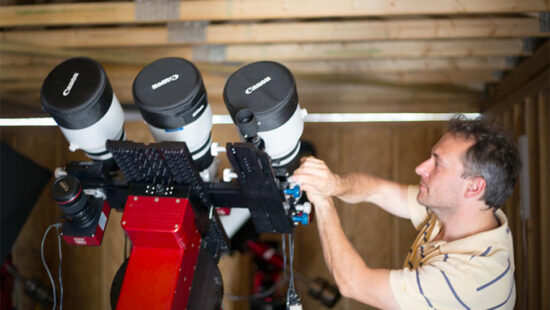
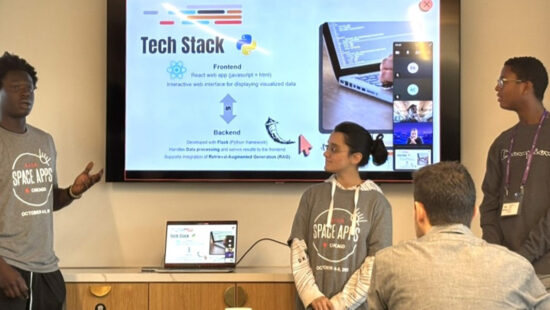
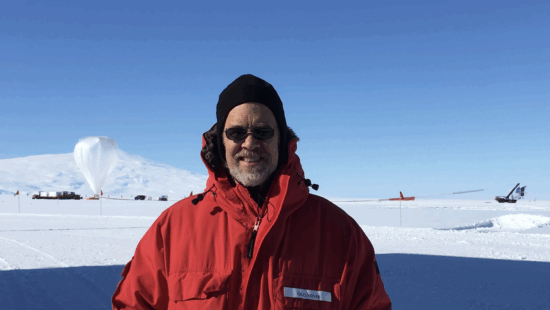
Gallery
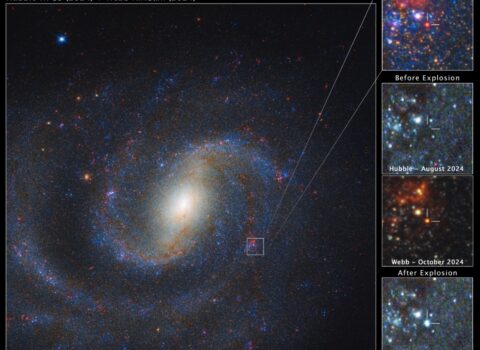
Webb Telescope unveils doomed star hidden in dust

Webb Telescope unveils doomed star hidden in dust
The main image at the left shows a Webb and Hubble view of spiral galaxy NGC 1637. Panels at the right show a detailed view of a red supergiant star before and after it exploded. Before exploding, it is not visible by Hubble, only by Webb. Hubble shows the glowing aftermath.
Credits: Image: NASA, ESA, CSA, STScI, C. Kirkpatrick (Northwestern), Aswin Suresh (Northwestern); Image Processing: Joseph DePasquale (STScI)

Supernova’s ‘trapped’ jet reveals source of fast X-ray transient
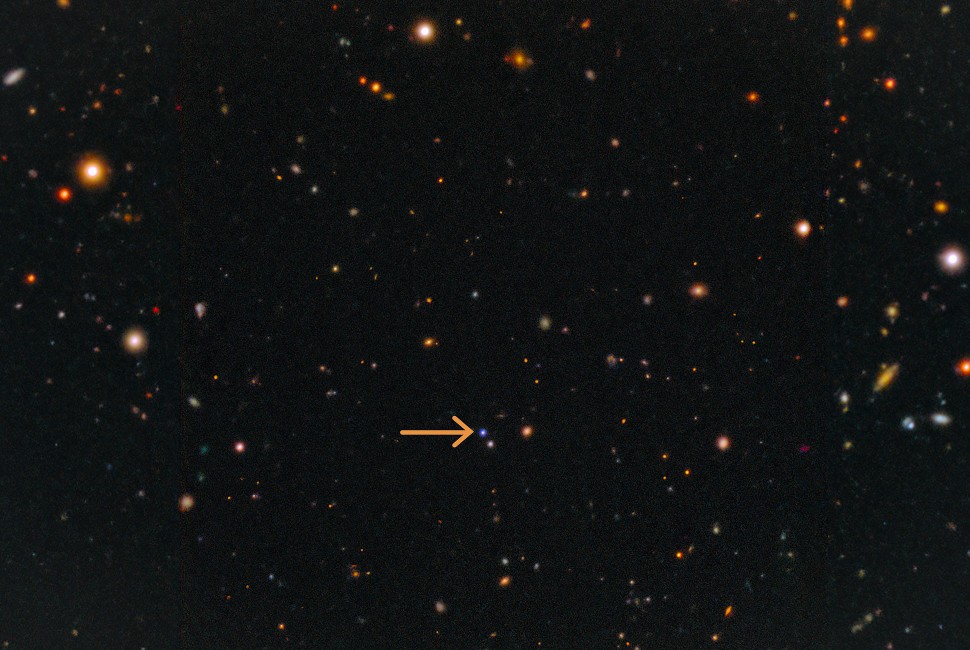
Supernova’s ‘trapped’ jet reveals source of fast X-ray transient
An international team of astrophysicists, led by Northwestern University and the University of Leicester in England, has uncovered a possible origin of fast X-ray transients (FXTs) — mysterious, fleeting bursts of X-rays that have long puzzled astronomers. Using a combination of telescopes around the globe and in space, the team studied the closest FXT associated

Tjitske Starkenburg on Rubin Observatory’s First Look

Tjitske Starkenburg on Rubin Observatory’s First Look
CIERA’s Tjitske Starkenburg, Northwestern Research Assistant Professor in the Department of Physics and Astronomy, and Assistant Director for Research Operations at SkAI Institute, shares her excitement about Rubin Observatory’s First Light Watch Party and the new science that will result.
Credit: Lisa La Vallee, Director of Marketing and Events, CIERA
- Science
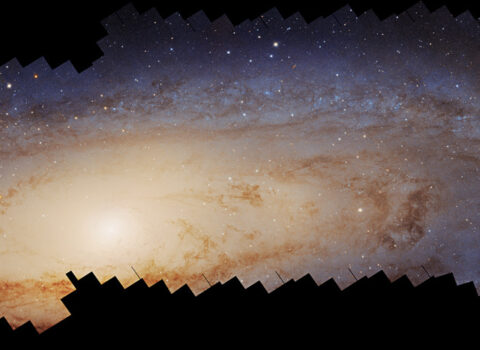
Andromeda Galaxy Mosaic 2025

Andromeda Galaxy Mosaic 2025
This is the largest photomosaic ever assembled from Hubble Space Telescope observations. It is a panoramic view of the neighboring Andromeda galaxy, located 2.5 million light-years away. It took over 10 years to make this vast and colorful portrait of the galaxy, requiring over 600 Hubble overlapping snapshots that were challenging to stitch together. The
NASA, ESA, Benjamin F. Williams (UWashington), Zhuo Chen (UWashington), L. Clifton Johnson (Northwestern)
- Science
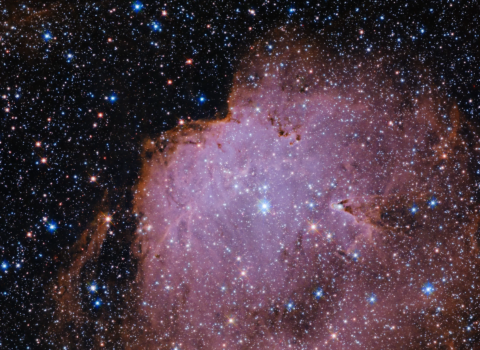
NGC 261 captured by Hubble
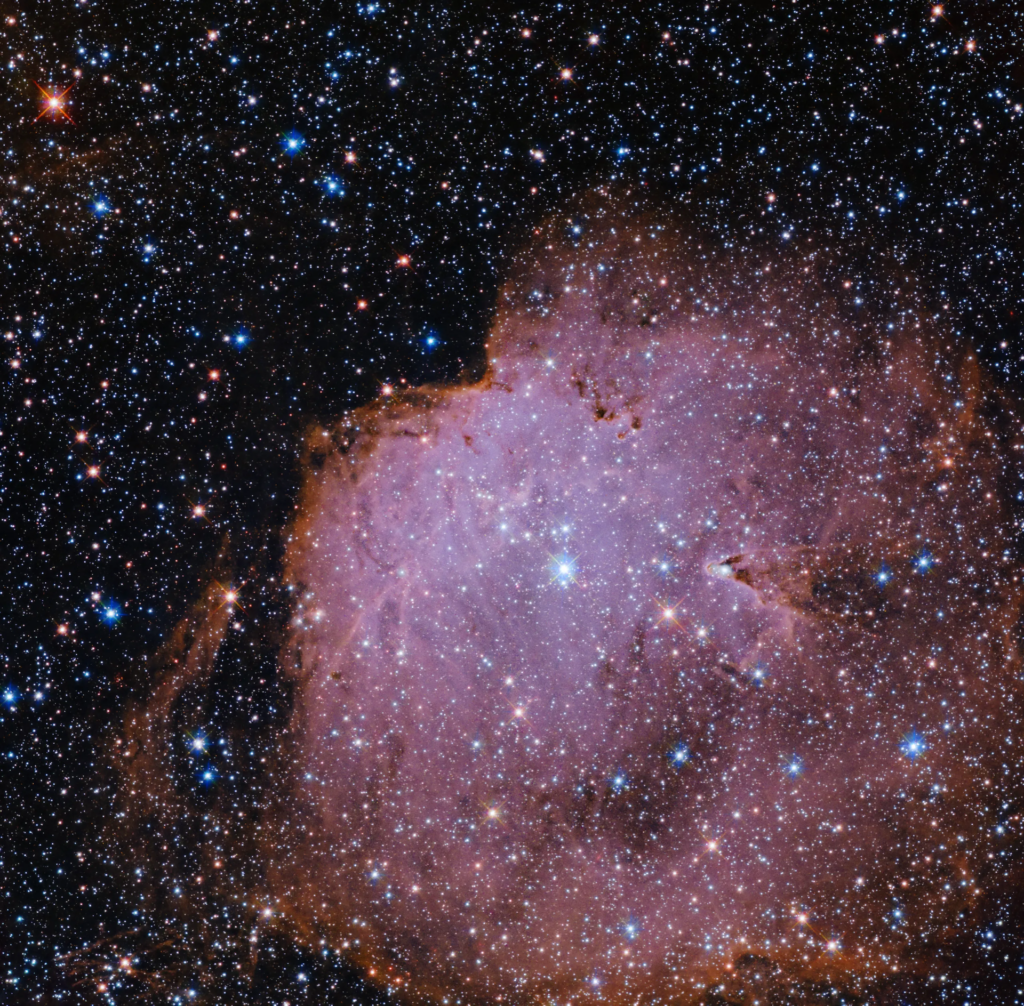
NGC 261 captured by Hubble
NGC 261 blooms a brilliant ruby red against a myriad of stars in this new image from NASA’s Hubble Space Telescope. Discovered on Sept. 5, 1826 by Scottish astronomer James Dunlop, this nebula is located in one of the Milky Way’s closest galactic companions, the Small Magellanic Cloud (SMC). The ionized gas blazing from within this
NASA, ESA, and L. C. Johnson (Northwestern University); Image Processing: Gladys Kober (NASA/Catholic University of America)
- Science
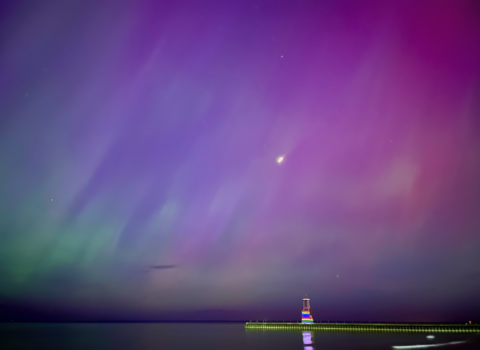
Aurora in Chicago

Aurora in Chicago
Between May 10 – 14, 2024 a series of powerful solar storms led to the production of visible aurorae far further towards the equator than normal. This photo was taken by CIERA Postdoctoral Fellow Sharan Banagiri. Banagiri captured this photo between 9 and 10PM on May 10 at Hollywood Beach in Edgewater, Chicago, Illinois, featuring
Sharan Banagiri/CIERA/Northwestern
- Science
People
Core Faculty



Vicky Kalogera
Daniel I. Linzer Distinguished University Professor, Director of CIERA, Director of the SkAI Institute


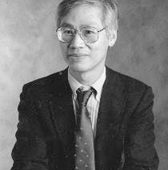

Associate Faculty

Aaron Geller
Lead Data Scientist and Astrophysicist
Visiting Scholars
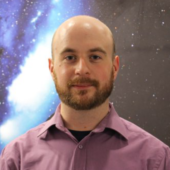

Shane L. Larson
Adjunct Professor; Professor and Director of Integrated Engineering and Applied Science Projects at Clarkson University

Diego Muñoz
Assistant Professor, Northern Arizona University
Postdocs





Research Staff
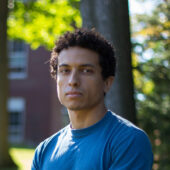
Graduate Students









NU SkAI Personnel

Aaron Geller
Lead Data Scientist and Astrophysicist

Vicky Kalogera
Daniel I. Linzer Distinguished University Professor, Director of CIERA, Director of the SkAI Institute



